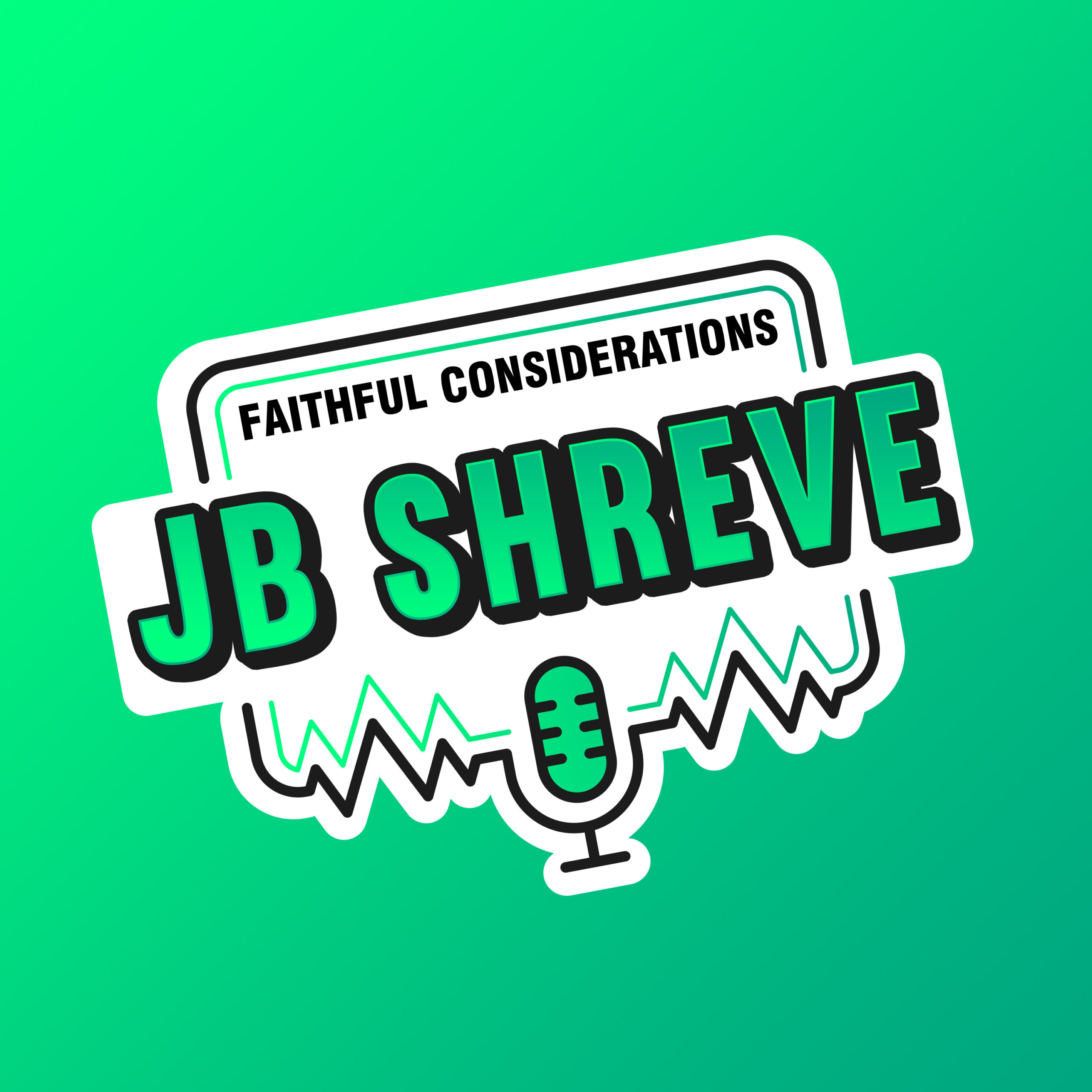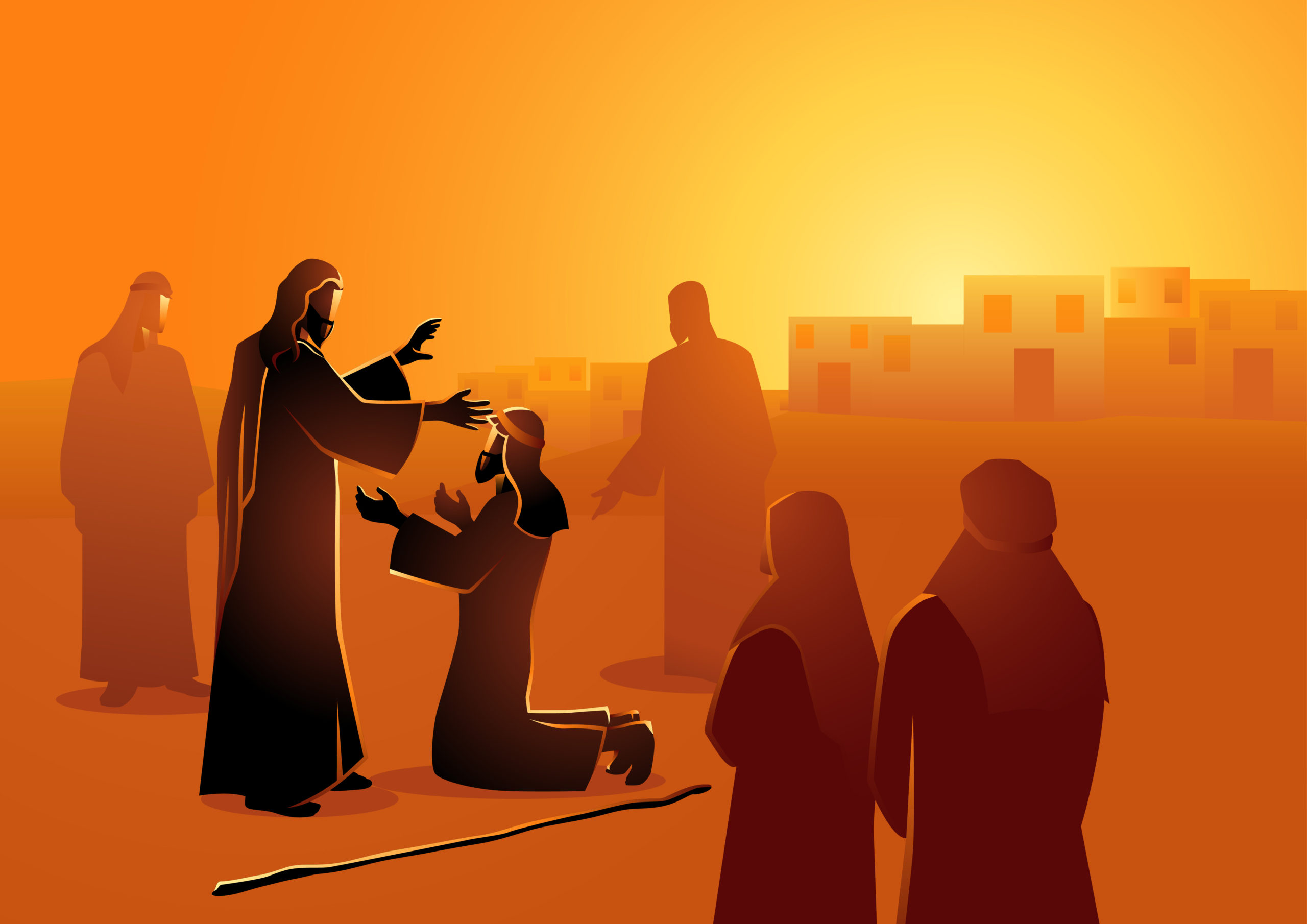This post is part of an ongoing series in the study of John we are doing during January. Subscribe to the blog for daily updates in the Bible Study posts. Subscribe to the podcasts to hear our discussion of the book of John throughout this month. Join us in your daily devotions as we travel through this fascinating account of the life of Christ.
***
Now after the two days He departed from there and went to Galilee. For Jesus Himself testified that a prophet has no honor in his own country. So when He came to Galilee, the Galileans received Him, having seen all the things He did in Jerusalem at the feast; for they also had gone to the feast. So Jesus came again to Cana of Galilee where He had made the water wine. And there was a certain nobleman whose son was sick at Capernaum. When he heard that Jesus had come out of Judea into Galilee, he went to Him and implored Him to come down and heal his son, for he was at the point of death. Then Jesus said to him, “Unless you people see signs and wonders, you will by no means believe.” The nobleman said to Him, “Sir, come down before my child dies!” Jesus said to him, “Go your way; your son lives.” So the man believed the word that Jesus spoke to him, and he went his way. And as he was now going down, his servants met him and told him, saying, “Your son lives!” Then he inquired of them the hour when he got better. And they said to him, “Yesterday at the seventh hour the fever left him.” So the father knew that it was at the same hour in which Jesus said to him, “Your son lives.” And he himself believed, and his whole household. This again is the second sign Jesus did when He had come out of Judea into Galilee. John 4:43-54 (NKJV)
The chapters and verses in our Bible that make it easier for us to map our way around the scripture were not included in the original scrolls upon which authors like John wrote his gospel. They were added between the 14th and 16th centuries. As we have seen so far in this study of John’s gospel, a new chapter number does not mean the end of the thought or insight that began in the previous chapter. But there are sections of John that he segments the message of his gospel. Scholars usually call these sections “movements.” They are defined by specific literary features, more visible in the original Greek than in English, that indicate the conclusion of one movement and the beginning of another movement. The final verses of chapter 4 are the end of such a movement.
Recognizing these final passages as the end of a movement in the gospel of John helps us understand the message John is communicating. He ends the movement, where he began it. We started in Cana at the first sign, where He turned the water into wine, and now we find ourselves with Jesus again in Cana for the second sign.
So Jesus came again to Cana of Galilee where He had made the water wine. And there was a certain nobleman whose son was sick at Capernaum. John 4:46 (NKJV)
The Signs
Another tip, and something you’ve probably noticed while going through the gospel of John, is statements like Jesus performed this first sign (John 2:11) and this therefore was the second sign Jesus performed (John 4:54). John explains at the end of the gospel why he focuses on these specific signs.
And truly Jesus did many other signs in the presence of His disciples, which are not written in this book; but these are written that you may believe that Jesus is the Christ, the Son of God, and that believing you may have life in His name. John 20:30-31 (NKJV)
In other words, Jesus did many more signs than that John points out in this gospel, but John included these specific signs in the gospel to draw our attention to who Jesus really was. He wasn’t a teacher. He wasn’t a prophet. He was the Christ, the Son of God. Therefore, when we see John draw our attention to the signs in the gospel, he is pointing out something about the nature of Christ, the Son of God.
What Do the Signs Show Us
Jesus managed his ministry all wrong. That’s the basic idea we see in the first sign (turning the water into wine at Cana) and the second sign (healing the official’s son). If Jesus wanted to develop a following, He needed to leverage his notoriety among the people. His great miracles and works needed to be seen and broadcast far and wide. He needed to become a renowned miracle worker and teacher and allow His power to build the movement that the people of God needed at that time.
Of course, I am being facetious. Jesus did not do it wrong. He did it exactly as He intended, and John meant for us to learn from that.
He Doesn’t Need to Impress Us
Upon leaving Samaria in John 4:43, we read the famous passage where Jesus mentions, “A prophet has no honor in his home country.” Put another way – familiarity breeds contempt. Even if people celebrated the signs Jesus performed, they did not recognize who He really was and did not present the correct honor He deserved. That is why, as we already observed, Jesus did not entrust Himself to men because He knew what was in their hearts.
When the official approaches Jesus in John 4:47, pleading for Christ to heal his son, Jesus went out of his way to avoid wowing the people with signs and miracles. He did not demonstrate sympathy for the man. He did not follow the man. He was not even present when the miracle took place.
Here was the sign demonstrated when Jesus healed the official’s son. It is not about a show. It is not about our comfort zones or even our needs. It is all about knowing Him and trusting Him. When the official committed his trust in Jesus, despite Jesus not meeting the man’s emotional needs and not even bothering to come to the child’s bedside – the miracle took place.
Missing Christ
Most people in first-century Jerusalem missed their day of visitation when the Son of God walked among them. They did not see Him for who He was because they looked for what they expected Him to be.
How often and in how many ways do we place expectations upon who Christ needs to be in our lives? Do we dictate terms for His activity and our devotion? He does not entrust Himself to the hearts of men because He knows the darkness and error that lies there. If He is Lord, then He is in charge. We are the ones who bow to Him and not the other way around.
Subscribe to the blog as we continue our walk through the book of John tomorrow.
[email-subscribers-form id=”2″]
Be sure to verify by email when you subscribe!





What do you think?
Show comments / Leave a comment